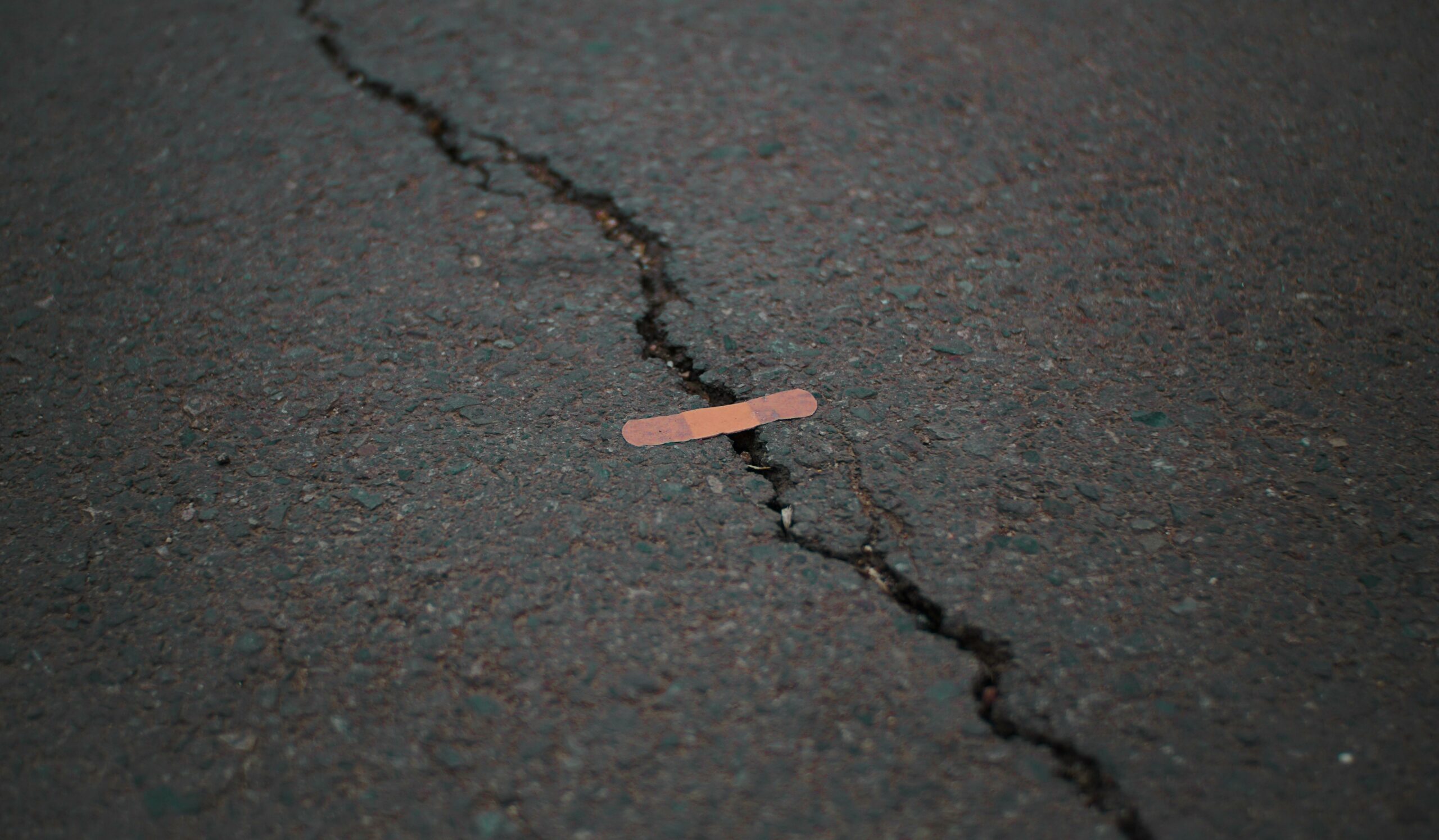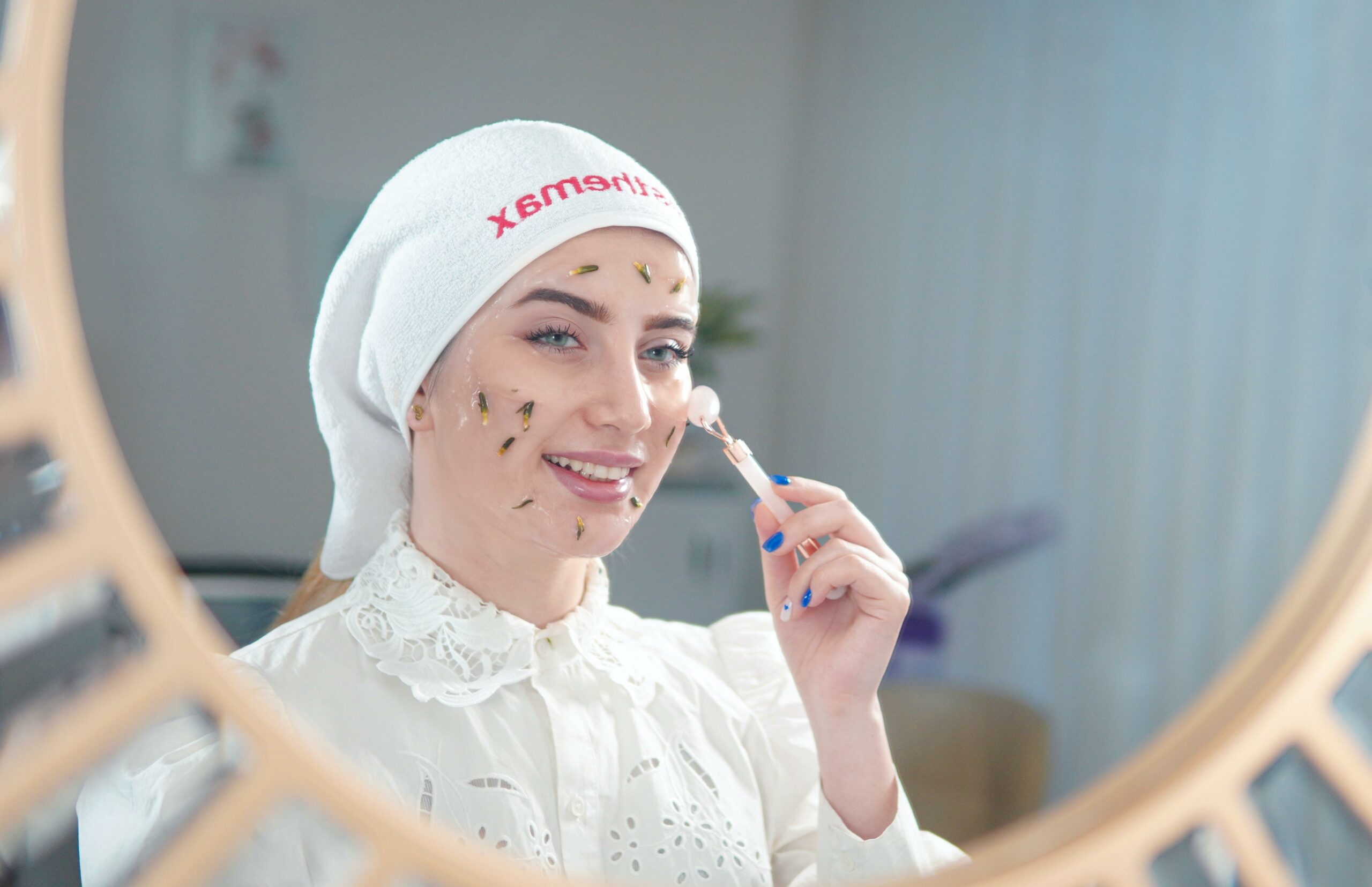Hypertrophic scars can be frustrating and even affect our self-confidence. Thankfully, there are effective treatments available that can help minimize their appearance and restore skin quality. In this article, we delve into the realm of hypertrophic scar solutions, exploring the expertise and recommendations of a seasoned dermatologist specializing in scar treatments. Whether you’re curious about surgical interventions, the latest laser therapies, or non-invasive options like steroid injections and silicone sheets, this comprehensive guide will empower you to make informed decisions in managing hypertrophic scars. Get ready to discover the most innovative and effective treatments to reclaim your skin’s smoothness and beauty.

Treatments for Hypertrophic Scars
When it comes to dealing with hypertrophic scars, there are a variety of treatment options available. Finding the right approach for you depends on various factors, including the type and severity of the scar, as well as your individual preferences. In this article, we will explore some of the most effective treatments for hypertrophic scars and provide expert advice on how to choose the best solution for your specific needs.
Surgical Treatments
Surgical interventions can be highly effective in treating and removing hypertrophic scars. Here are some of the commonly used surgical treatments:
Topical Silicone Gel Treatments: Applying silicone gel sheets or gels directly onto the scar can help flatten and soften it over time. This treatment is non-invasive and easy to use, making it a popular choice for many individuals.
Pressure Therapy: Using pressure garments or dressings can exert pressure on the scar, helping to reduce its appearance. This technique encourages collagen remodeling and inhibits excessive scar tissue formation.
Steroid Injections: In certain cases, injecting corticosteroids directly into the hypertrophic scar can help reduce inflammation and flatten the scar. This method is particularly effective for raised or thicker scars.
Laser Treatments: Laser therapy utilizes targeted beams of light to penetrate the skin and break down scar tissue. This treatment stimulates collagen production, promoting smoother and more even skin.
Radiation Therapy: In some instances, low-dose radiation therapy may be used to reduce the size and thickness of hypertrophic scars. This treatment is typically reserved for more severe cases and requires careful consideration.
Cryotherapy: Cryotherapy involves freezing the scar tissue with liquid nitrogen. This method can help flatten the scar and minimize its appearance.
Quote: There is a multitude of surgical options available for treating hypertrophic scars. From topical silicone gels to pressure therapy and steroid injections, finding the right surgical treatment can present remarkable results.
Non-Surgical Treatments
If surgical interventions are not suitable or desired, non-surgical treatments for hypertrophic scars can also provide effective results. Here are some non-surgical options to consider:
Creams and Oils: Creams and oils containing ingredients like onion extract, heparin gel, or bleomycin can be applied topically to help reduce the appearance of hypertrophic scars. These treatments work by facilitating the breakdown of collagen and improving the overall texture of the scar.
Corticosteroid Injections: Similar to their use in surgical treatments, corticosteroid injections can be employed as a non-surgical option to flatten and soften hypertrophic scars. This procedure involves injecting corticosteroids directly into the scar tissue, reducing inflammation and improving the scar’s appearance.
Laser Therapy: Non-surgical laser treatments can be particularly effective in reducing the redness and thickness associated with hypertrophic scars. The laser energy selectively targets and breaks down scar tissue, allowing for better healing and improved skin texture.
Bleomycin or 5-FU Injections: These injections involve the use of medications like bleomycin or 5-fluorouracil (5-FU) to disrupt the fibrous tissue in hypertrophic scars. This treatment option can lead to visible improvements in scar appearance.
Quote: For those who prefer non-surgical approaches, creams, oils, corticosteroid injections, and laser therapy offer promising results in the treatment of hypertrophic scars.
While each treatment option presents its own benefits, it’s important to understand that the effectiveness of a specific treatment can vary depending on the scar and the individual. It’s crucial to consult with a qualified dermatologist or healthcare professional who can assess your unique situation and recommend the most suitable treatment approach for your hypertrophic scar.
As always, it’s essential to be well-informed and take an active role in your scar management journey. Explore reputable resources such as zwivel.com, realself.com, medicalnewstoday.com, healthcentre.org.uk, and my.clevelandclinic.org for more information and expert advice on hypertrophic scar treatments.
Remember, by understanding the available treatments and working closely with a medical professional, you can better empower yourself to make informed decisions and achieve optimal results in managing hypertrophic scars.
Quote: Determining the best treatment for your hypertrophic scar requires consideration of various factors. Consulting with a dermatologist is essential for personalized guidance tailored to your specific needs.
Hypertrophic scars are a fascinating topic to explore, as they offer valuable insights into the human body’s incredible healing process. If you’re curious to learn more about facts about hypertrophic scars, click here. facts about hypertrophic scars These scars occur when the body produces an excess amount of collagen during the wound healing process, resulting in raised and sometimes discolored scars. Understanding the causes, prevention, and treatment options for hypertrophic scars can empower individuals to take control of their healing journey. Don’t miss the opportunity to delve into the world of hypertrophic scars and gain a deeper understanding of this intriguing aspect of human biology.
FAQ
Question 1:
What are the different methods for treating hypertrophic scars?
Answer 1:
There are multiple methods for treating hypertrophic scars, including both surgical and non-surgical options. Surgical treatments involve topical silicone gel treatments, pressure therapy, steroid injections, laser treatments, radiation therapy, and cryotherapy. Non-surgical treatments for hypertrophic scars include the use of creams and oils such as onion extract, heparin gel, and bleomycin. It is important to consider the specific scar and the individual patient when determining the best treatment approach.
Question 2:
What are some non-surgical treatments for hypertrophic scars?
Answer 2:
Non-surgical treatments for hypertrophic scars include the use of creams and oils such as onion extract, heparin gel, and bleomycin. These topical treatments can help reduce the appearance of scars and promote healing. Additionally, corticosteroid injections, laser therapy, and bleomycin or 5-FU (fluorouracil) injections are also effective non-surgical treatment options for hypertrophic scars.
Question 3:
What are some surgical treatments for hypertrophic scars?
Answer 3:
Surgical treatments for hypertrophic scars include topical silicone gel treatments, pressure therapy, steroid injections, laser treatments, radiation therapy, and cryotherapy. These interventions can be used to effectively reduce the appearance and symptoms of hypertrophic scars. It is important to consult with a dermatologist or plastic surgeon to determine the most suitable surgical treatment option based on the specific scar and individual patient.
Question 4:
Where can I find more information about hypertrophic scar treatments?
Answer 4:
For more information on hypertrophic scar treatments, you can refer to reputable sources such as zwivel.com, realself.com, medicalnewstoday.com, healthcentre.org.uk, and my.clevelandclinic.org. These websites offer valuable insights and resources on different treatment options, research findings, patient experiences, and expert advice for managing hypertrophic scars.
Question 5:
What factors should be considered when choosing a treatment approach for hypertrophic scars?
Answer 5:
When choosing a treatment approach for hypertrophic scars, it is important to consider factors such as the specific scar characteristics (size, location, depth), the individual patient’s medical history, skin type, and lifestyle. Consulting with a dermatologist or plastic surgeon who specializes in scar treatments will help guide the decision-making process and ensure the most effective and appropriate treatment option is selected.
- Unlock Water’s Symbolism: A Cross-Cultural Exploration - April 20, 2025
- Identify Black and White Snakes: Venomous or Harmless? - April 20, 2025
- Unlocking Potential: Origins High School’s NYC Story - April 20, 2025















